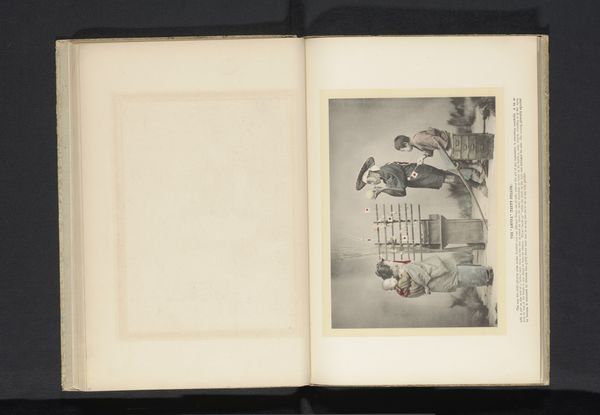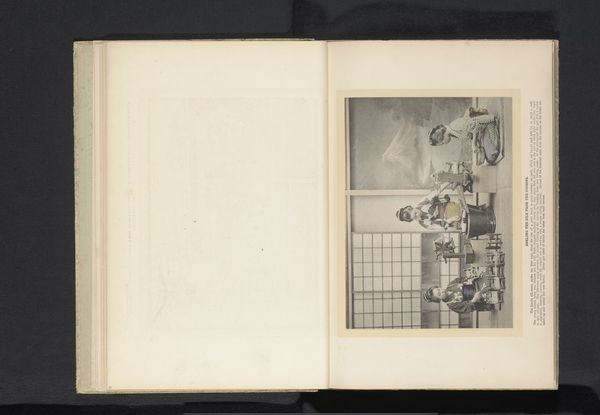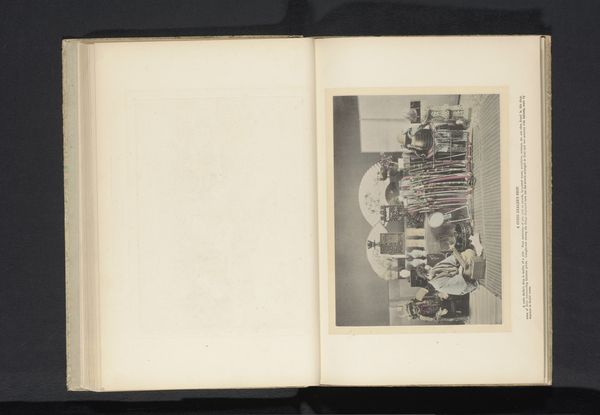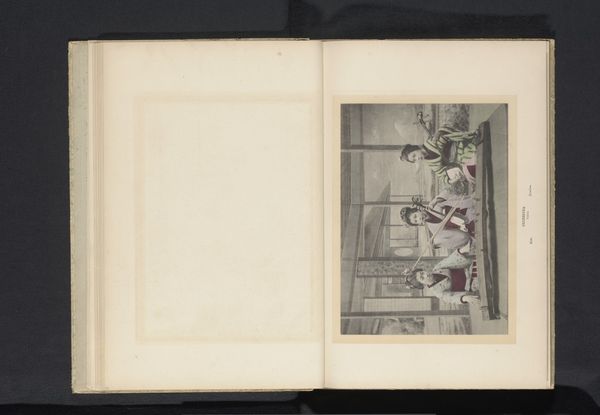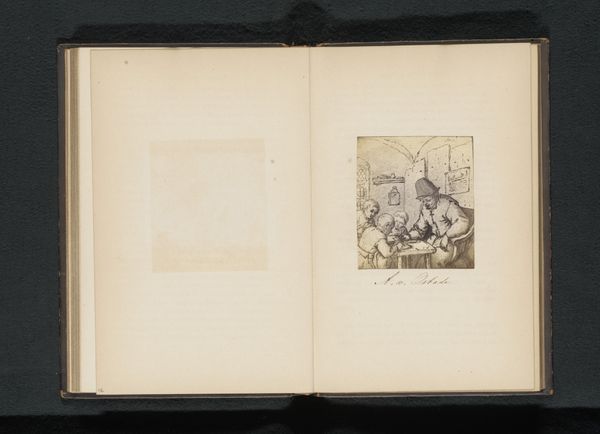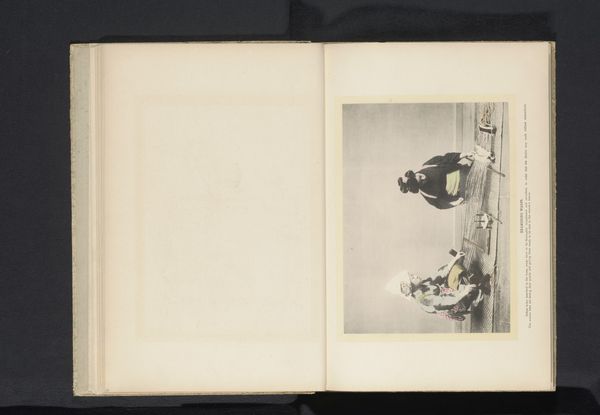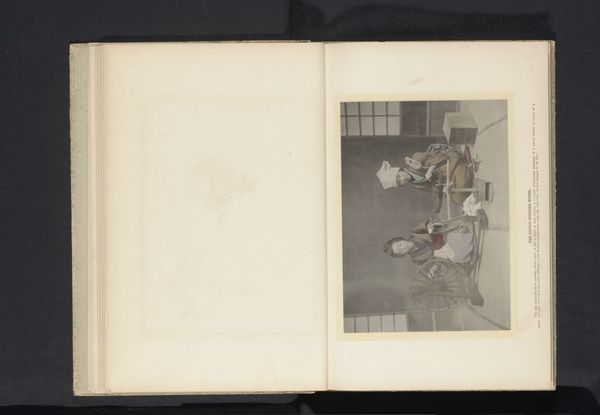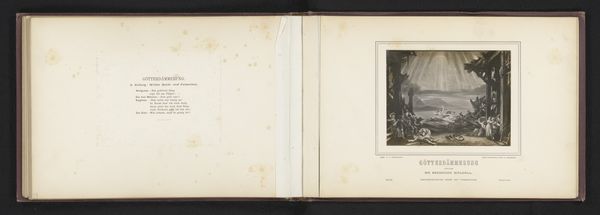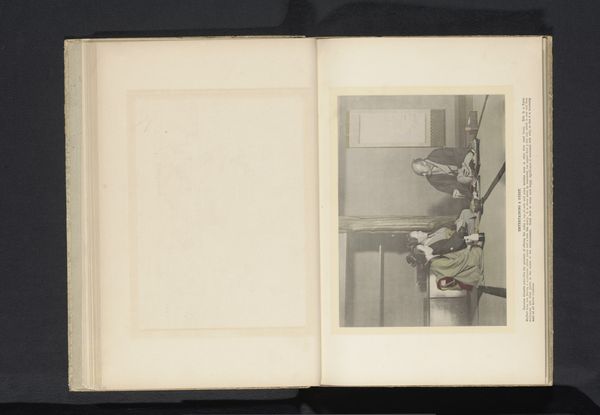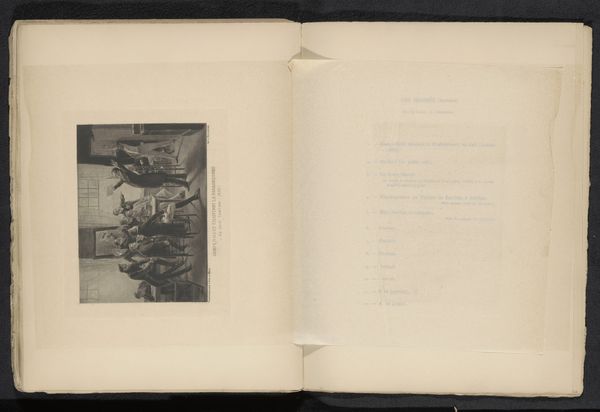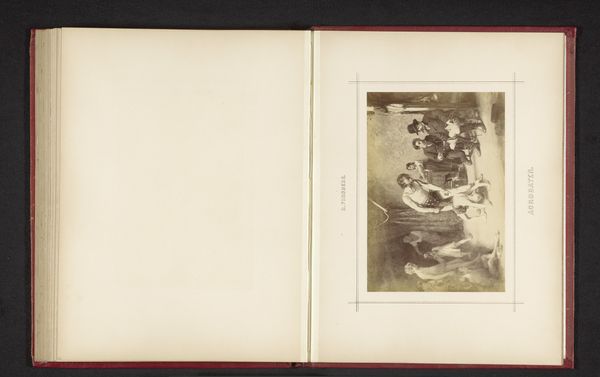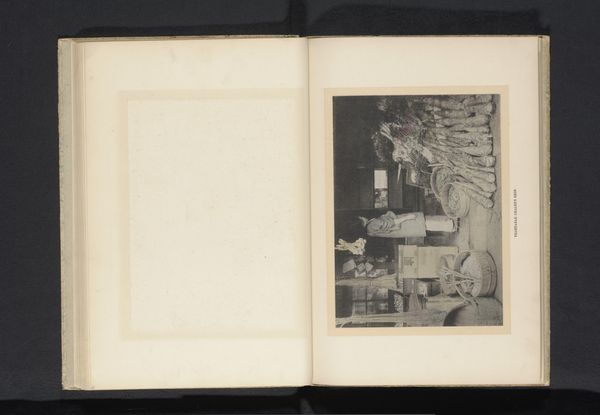
print, photography, albumen-print
#
portrait
# print
#
asian-art
#
photography
#
group-portraits
#
albumen-print
Dimensions: height 167 mm, width 229 mm
Copyright: Rijks Museum: Open Domain
Editor: This is an albumen print dating from before 1900, titled "Vier Aino mannen en een Aino vrouw tijdens het diner" - or "Four Ainu Men and an Ainu Woman at Dinner." The texture and presentation suggests that it’s a photograph from a larger ethnographic book. What aspects of this photograph stand out to you? Curator: The most striking element is its depiction of labor and material culture within a specific social context. An albumen print meant commissioning and consuming specialist materials. Looking at this image through a materialist lens, I'm drawn to questions about the labor involved. Editor: Labor in making the print itself? Curator: Exactly! Consider the production of albumen paper, the photographer's expertise, and even the social dynamics of staging and capturing this scene. Beyond the surface image, what were the economic and social exchanges embedded in creating and disseminating it? Notice the framing - within a book no less. How might the image function differently if viewed as fine art compared to ethnographic documentation? Editor: I hadn’t considered how the format influences the interpretation. It’s interesting to think about the layers of production involved. The creation and consumption, not just the image itself. Curator: Precisely. How does understanding these material conditions inform our reading of the photograph's content – the Ainu people at their dinner? Does it change our interpretation of their traditions? This approach pushes us beyond simplistic representations. We begin to explore power dynamics. What were the power dynamics at play between photographer and subject? Editor: So, by focusing on materials and process, we move beyond seeing this just as a record of a cultural event, and more toward a statement about those early ethnographic projects and colonial consumption. Thank you, I hadn't quite considered this view. Curator: The focus on material conditions and production helps ground our interpretation. I've seen things I hadn't expected to find just beneath the surface!
Comments
No comments
Be the first to comment and join the conversation on the ultimate creative platform.

